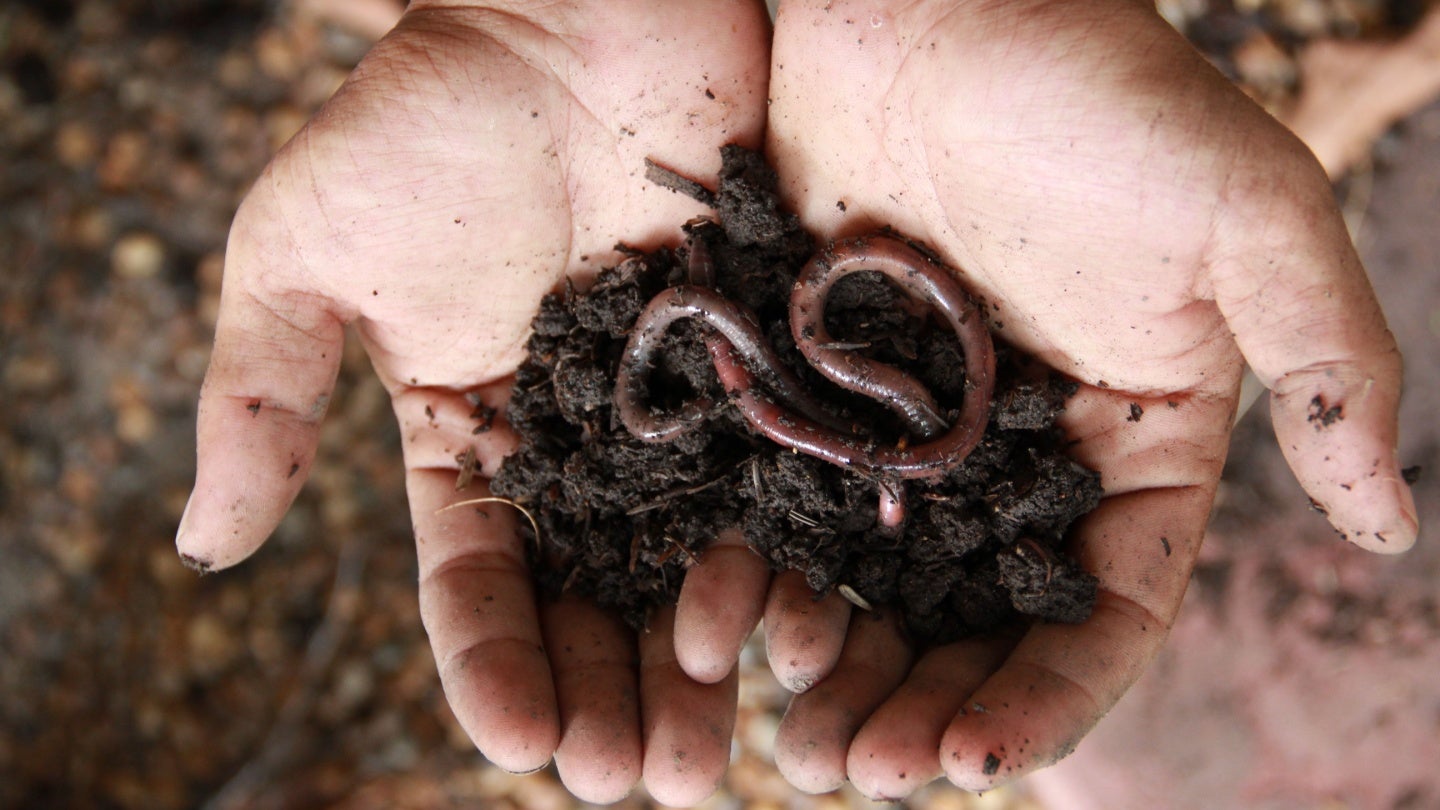On April 15, 2024, the earthworm took first place in The Guardian’s ‘Invertebrate of the Year’ competition, with its unique qualities helping it to worm its way ahead of the chasing pack.
Until now, the attributes that allow the often overlooked earthworm to support all life on Earth have been solely unique to them. But in recent years, worm-inspired technology has started wriggling into many sectors, from construction to natural disaster responses to space exploration. Before too long, this species could act as a keystone of modern society.
Life on Earth relies heavily on the humble worm
The Guardian’s competition ran for two weeks, with writers and readers alike speaking up for their favourites. In the end, it went to a public vote. Pipping the glow-worm, the distinguished jumping spider, and the shrill carder bee (among others) to the post, the common earthworm took the crown. This might be surprising given its plain exterior, but when we consider all that the earthworm does for us, it becomes clear why it commanded 38% of the popular vote.
Earthworms’ durable yet flexible anatomy makes them masterful burrowers—a skill that humanity massively benefits from. Worm burrowing makes our soil more fertile for crops, less susceptible to flooding, and less likely to bake and crack in the heat of summer. Without the worm, we would be without food, without dry land, and of course without their entertainingly wiggly appearance.
Given the earthworm’s importance to our species’ continued survival, it is no surprise that tech has turned its eye in their direction. While progress remains slow, worm-inspired robots—or ‘wormbots’—are being developed for use in different sectors.
Wormbots could help us fly, survive earthquakes, and explore other planets
General Electric (GE) is developing a giant tunneling robot that takes inspiration from the earthworm’s flexible anatomy. Its fluidic artificial muscles allow the robot to propel itself through self-contained tunnels, mimicking earthworms’ peristaltic locomotion.
How well do you really know your competitors?
Access the most comprehensive Company Profiles on the market, powered by GlobalData. Save hours of research. Gain competitive edge.

Thank you!
Your download email will arrive shortly
Not ready to buy yet? Download a free sample
We are confident about the unique quality of our Company Profiles. However, we want you to make the most beneficial decision for your business, so we offer a free sample that you can download by submitting the below form
By GlobalDataOne potential application of this biomimetic robot is installing underground utilities in a cheaper and less environmentally damaging way. GE has also developed the Sensiworm, a small wormbot designed to inspect the engines of jet planes. The Sensiworm’s flexible design allows it to wriggle into the engine’s nooks and crannies, and the attached sensors help it detect corrosion and faults.
There have also been suggestions that a flexible burrowing robot with cameras attached could be used in the aftermath of natural disasters to help direct rescue efforts. The robots would be able to locate buried survivors in places completely inaccessible to humans, while also not disturbing the ground and making things worse.
Finally—and most excitingly—wormbots could be vital to space exploration. The Istituto Italiano di Tecnologia in Genoa is developing a wormbot for investigating extraterrestrial terrain.
These biomimetic robots can burrow underground to escape harsh conditions on planets, investigate complex structures and new environments, and do all of this without causing damage to new worlds. Wormbots could be key to understanding the surface materials of different planets and furthering our knowledge of the solar system. All this from a creature with no legs and no eyes that spends most of its life underground? That’s our invertebrate of the year!







